|
|
Post by fredg on Jul 9, 2015 20:31:55 GMT
I'll lump all the wet growing Disa I have in this one thread. Two cultivars of Disa watsonii, Bramley and Candy. Great plants for growing alongside Sarracenia but idealy need to be frost free. Disa watsonii "Bramley"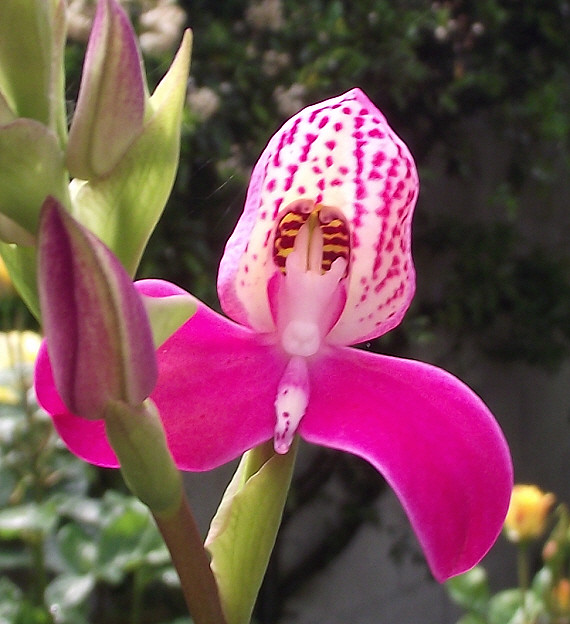 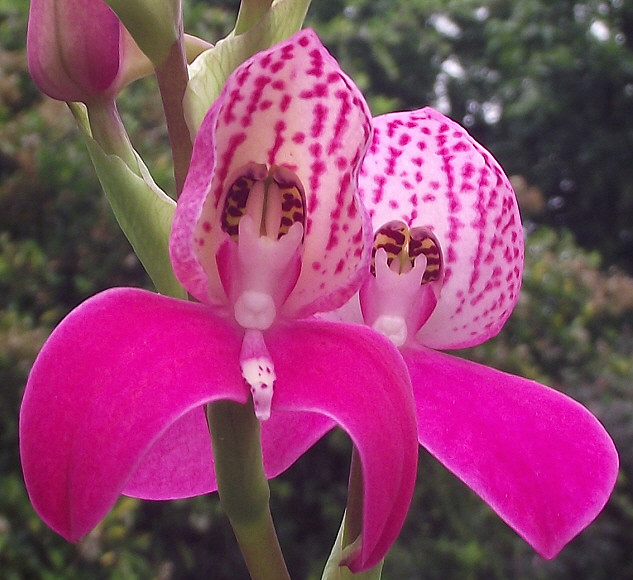  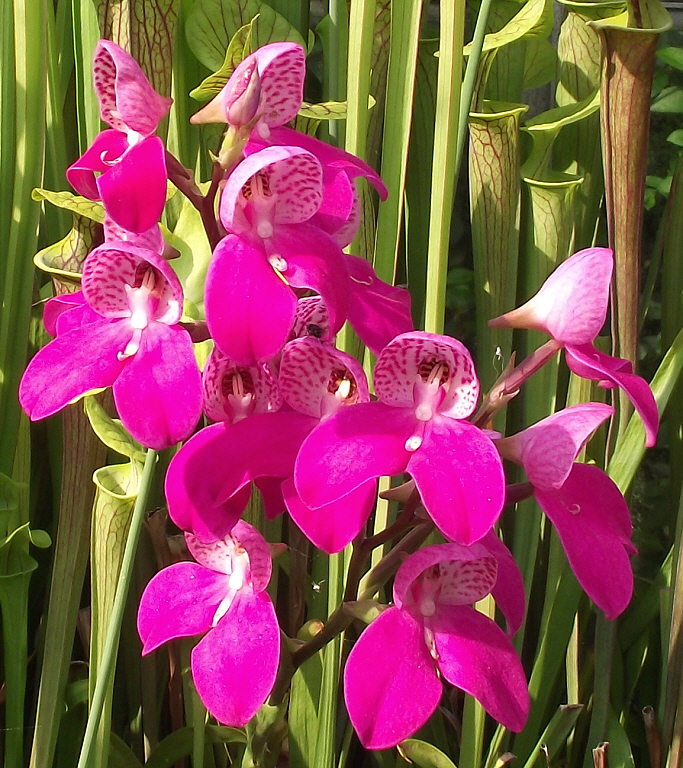 Disa watsonii "Candy" Disa watsonii "Candy"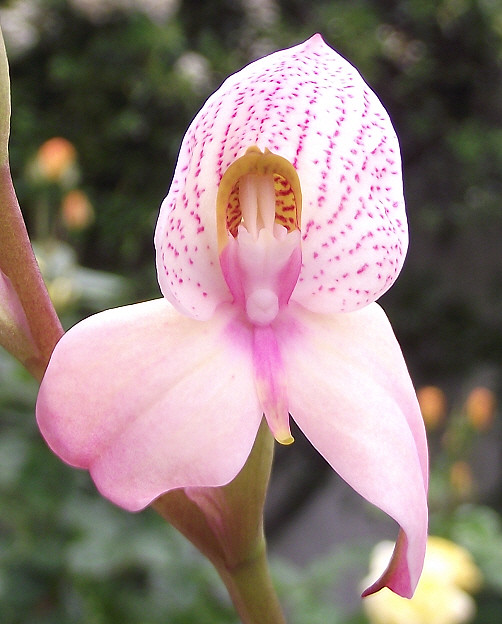  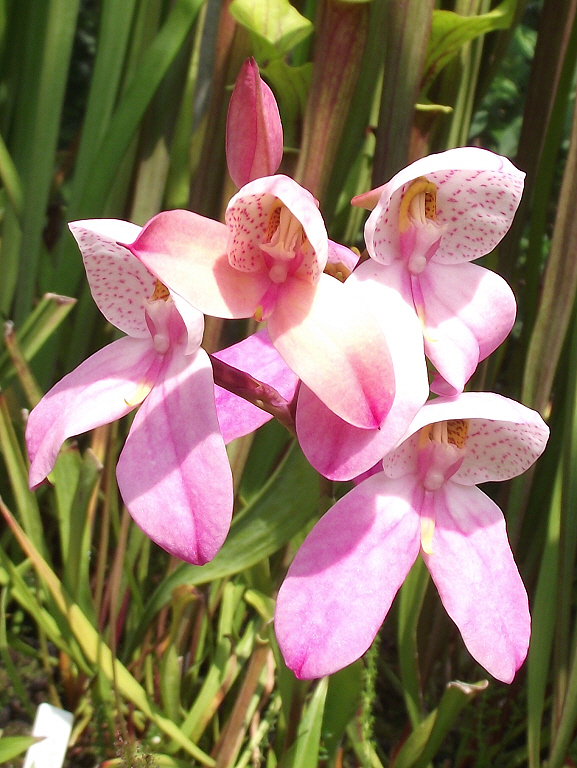 |
|
|
|
Disa
Jul 9, 2015 20:34:37 GMT
Post by fredg on Jul 9, 2015 20:34:37 GMT
Disa kewensis are multiflowered as with Disa watsonii and flourish in the same growing conditions. Just stick them alongside your Sarracenia. Disa kewensis "Ann"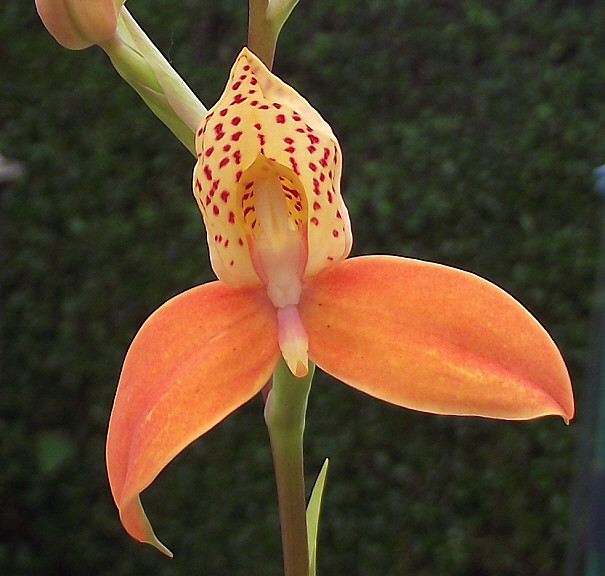  A plant I acquired just as Disa x kewensis which looks remarkably like "Ann". 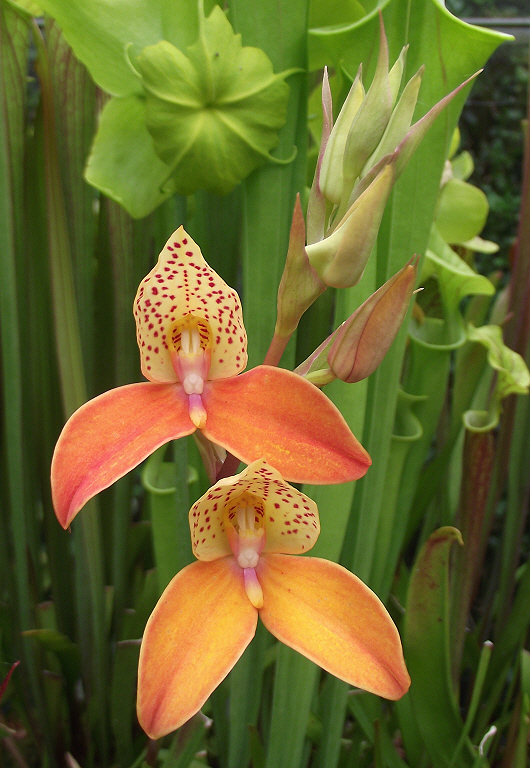
|
|
|
|
Disa
Jul 9, 2015 20:36:10 GMT
Post by fredg on Jul 9, 2015 20:36:10 GMT
This is a cross of the two minature species. Disa x (aurata x tripetaloides) 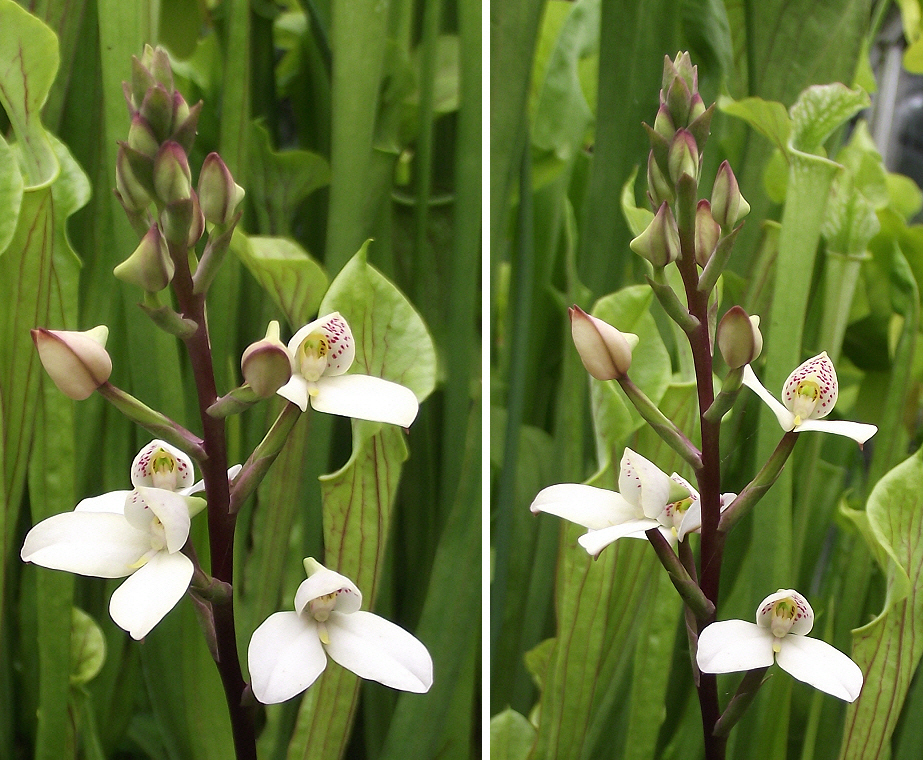 The petals start a yellow cream and fade back to cream. The parent species for comparison :- Disa aurata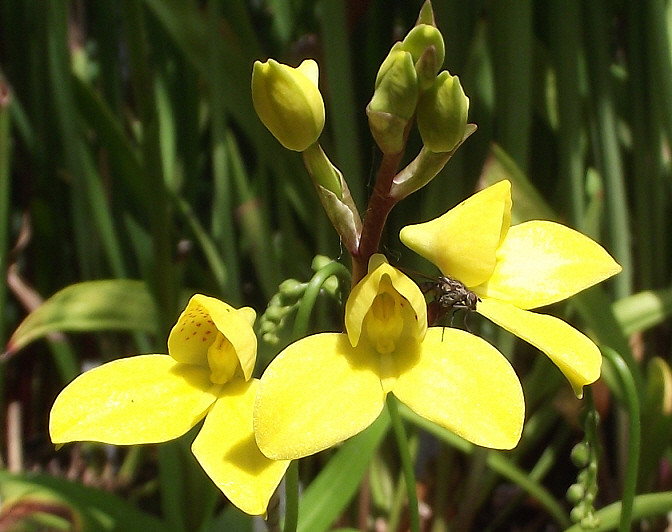 Disa tripetaloides Disa tripetaloides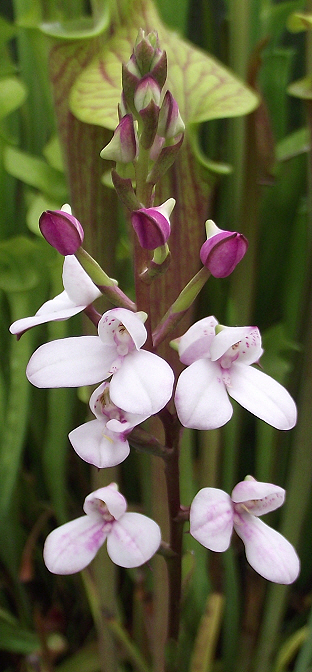 |
|
|
|
Disa
Jul 9, 2015 20:37:41 GMT
Post by fredg on Jul 9, 2015 20:37:41 GMT
Disa x watsonii "Sandra" "Sandra" has a larger flower than Disa x watsonii "Bramley" and the colour is a lighter, medium pink. It's still fluorescent and demands attention ( or else). Disa x watsonii "Sandra"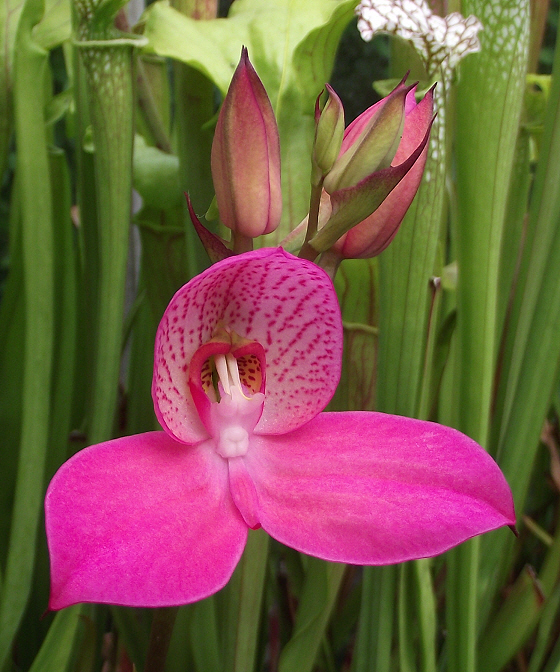 |
|
|
|
Disa
Jul 9, 2015 20:38:45 GMT
Post by fredg on Jul 9, 2015 20:38:45 GMT
Disa x kewensis "Milkmaid" Another medium sized Disa. This looks like a slightly larger version of Disa x watsonii "Candy". Disa x kewensis "Milkmaid"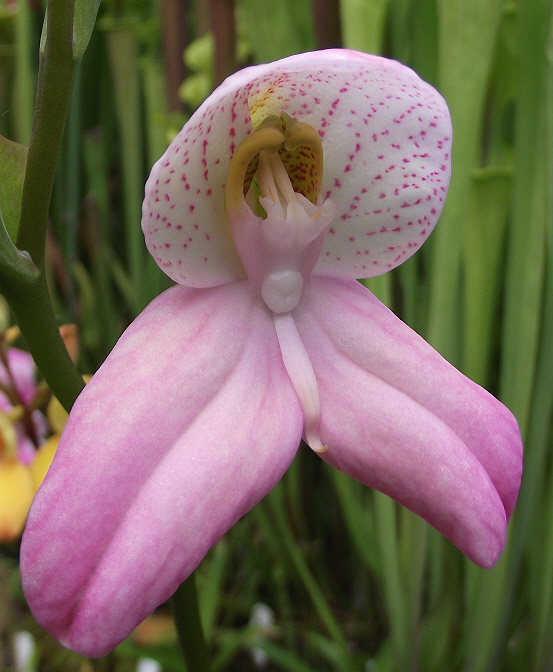 |
|
|
|
Disa
Jul 9, 2015 20:40:22 GMT
Post by fredg on Jul 9, 2015 20:40:22 GMT
Disa tripetaloides is found growing in Table Mountain Sandstone habitats from the Hottentots Holland Mountains to KwaZulu-Natal. It occurs along fast-flowing perennial streams, mountain seeps and on banks and often submerged in nutrient-poor water during winter. The plant sits happily in my Sarracenia lagoons from spring to autumn. In winter it's better to keep them frost free. 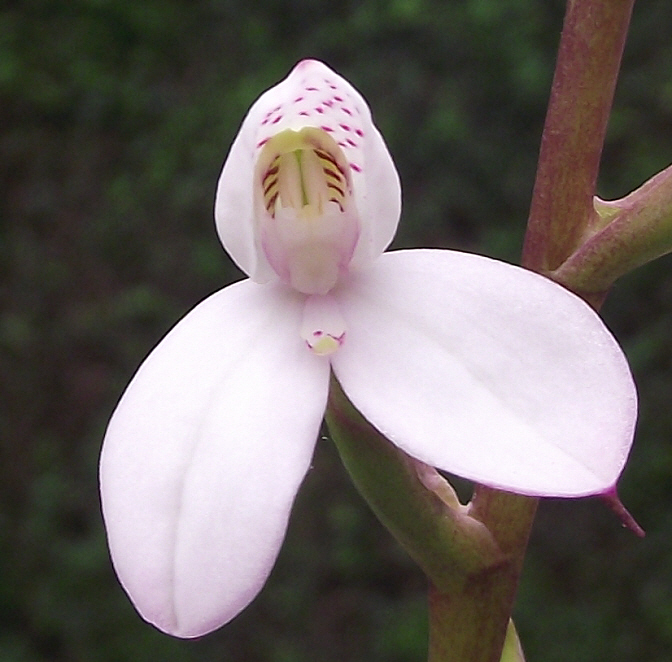 It's not one of the largest flowering Disa  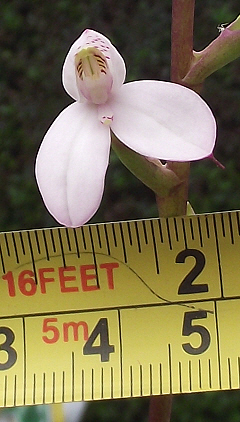 One of the bonuses of taking close-up photos of your plants is that sometimes you notice potential problems that may escape you normally.  The aphid is now an ex-aphid ;D 
|
|
|
|
Disa
Jul 9, 2015 20:41:57 GMT
Post by fredg on Jul 9, 2015 20:41:57 GMT
Disa aurata is a miniature species from South Africa, it has flowers only 2 cm ( 0.8") across. They are however beautifully coloured and marked. Readily grown in Sarracenia conditions but idealy frost free as with other Disa. Disa aurata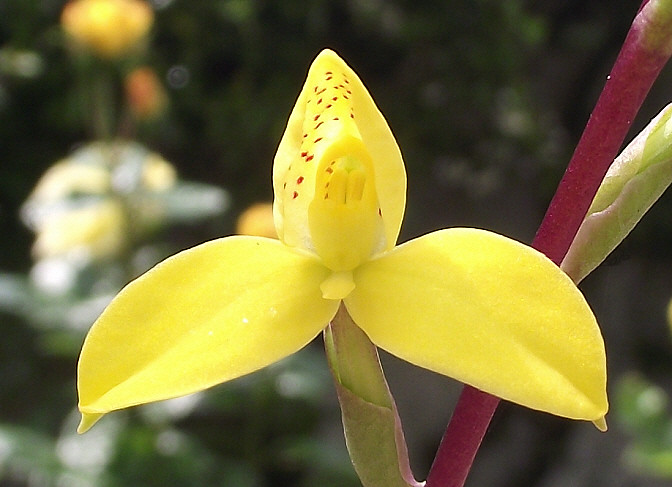  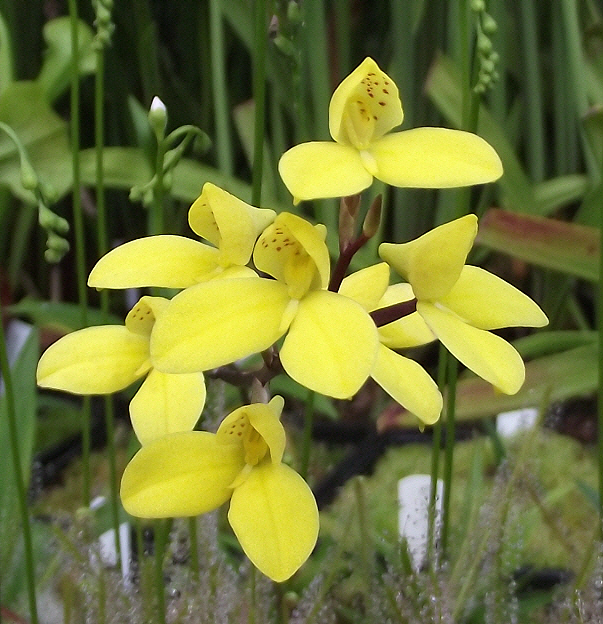
|
|
|
|
Disa
Jul 11, 2015 11:10:12 GMT
Post by fredg on Jul 11, 2015 11:10:12 GMT
A full inflorescence of Disa 'Bromley' 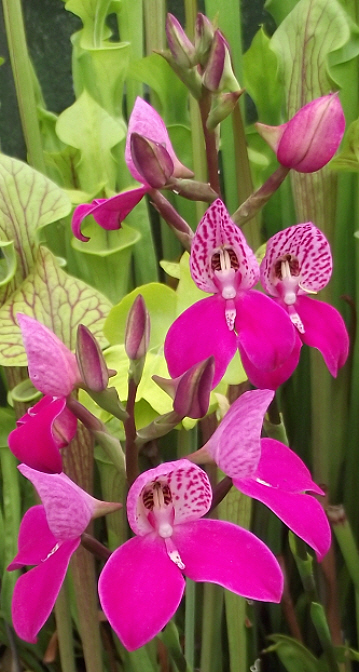 No responsibility is accepted for singed retina |
|
|
|
Disa
Jul 11, 2015 12:56:56 GMT
Post by fredg on Jul 11, 2015 12:56:56 GMT
Alice and Candy 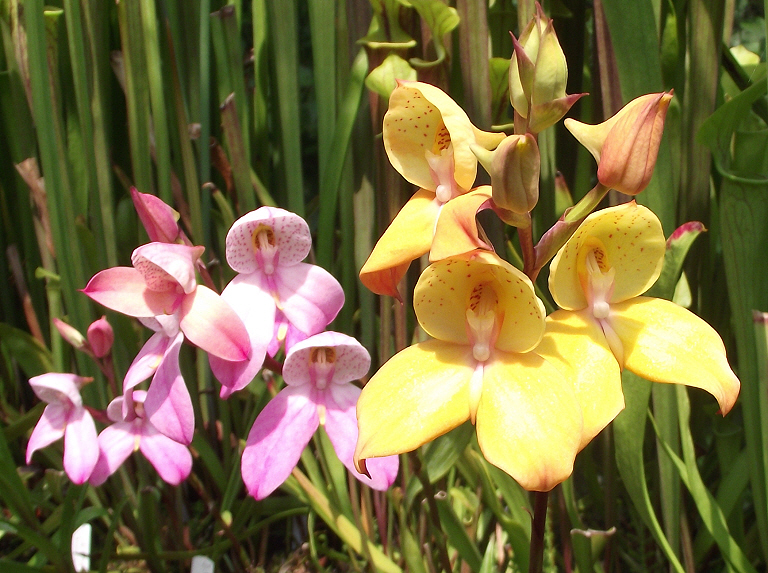 |
|
|
|
Disa
Jul 22, 2015 15:08:21 GMT
Post by fredg on Jul 22, 2015 15:08:21 GMT
This is one of the inflorescences from Disa x (aurata x tripetaloides). It's a fast multiplier and sends up a good show. 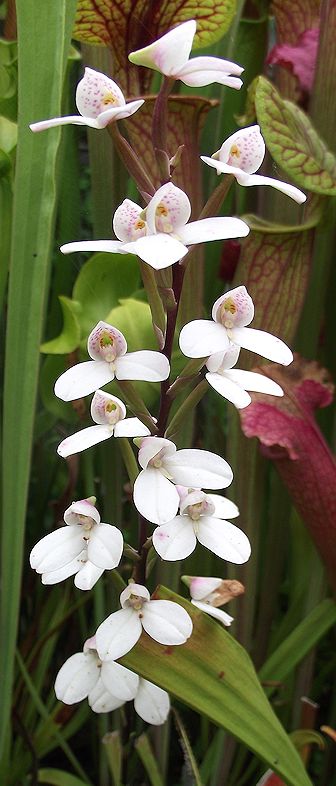 |
|
|
|
Disa
May 28, 2016 15:11:52 GMT
Post by fredg on May 28, 2016 15:11:52 GMT
The Disa time has once again started. Disa X (aurata x tripetaloides)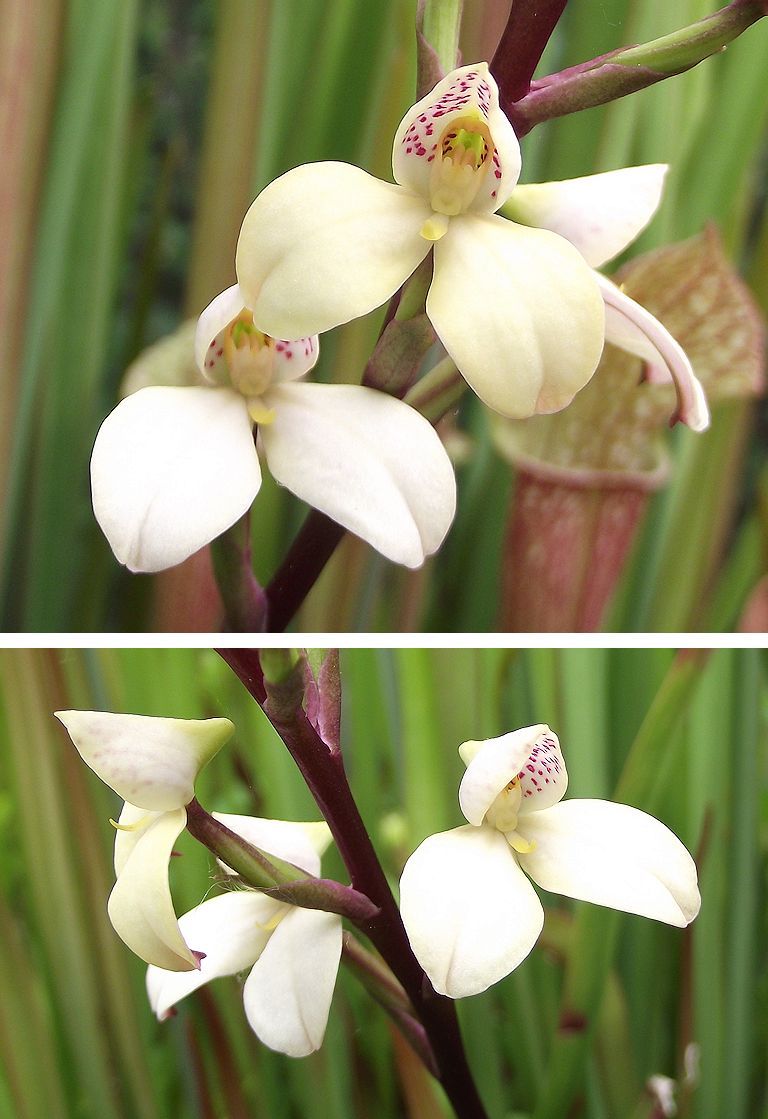 Disa kewensis 'Ann' Disa kewensis 'Ann'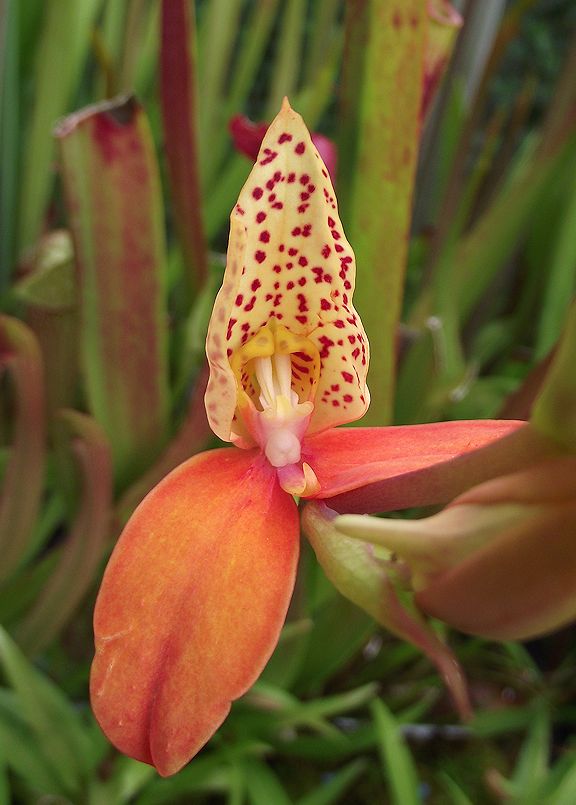 |
|
|
|
Disa
Jun 9, 2016 14:00:52 GMT
Post by fredg on Jun 9, 2016 14:00:52 GMT
Another view of Disa 'Bramley' 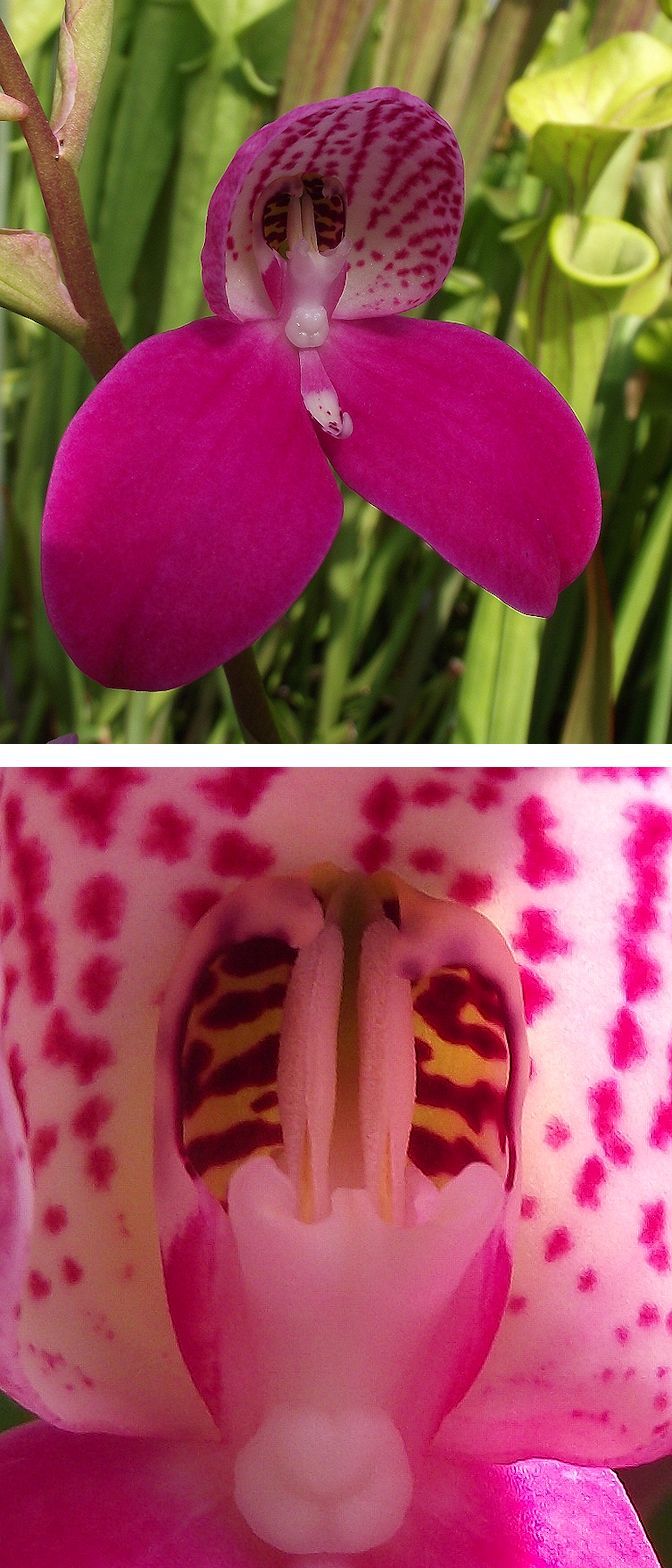 |
|
|
|
Post by fredg on Jun 24, 2018 16:39:53 GMT
D 'Bramley' in the Darlingtonia house.  |
|
|
|
Post by fredg on Jun 24, 2019 13:49:33 GMT
The first of the Disa flowers this year. Bramley started about a week ago.  Closely followed by Ann  No doubt there will be plenty more photos as flowering progresses. |
|
|
|
Disa
Jun 24, 2019 15:19:08 GMT
Post by dvg on Jun 24, 2019 15:19:08 GMT
Those are wonderful flowers Fred,
Ann's bonnet reminds me of Utricularia fulva.
dvg
|
|